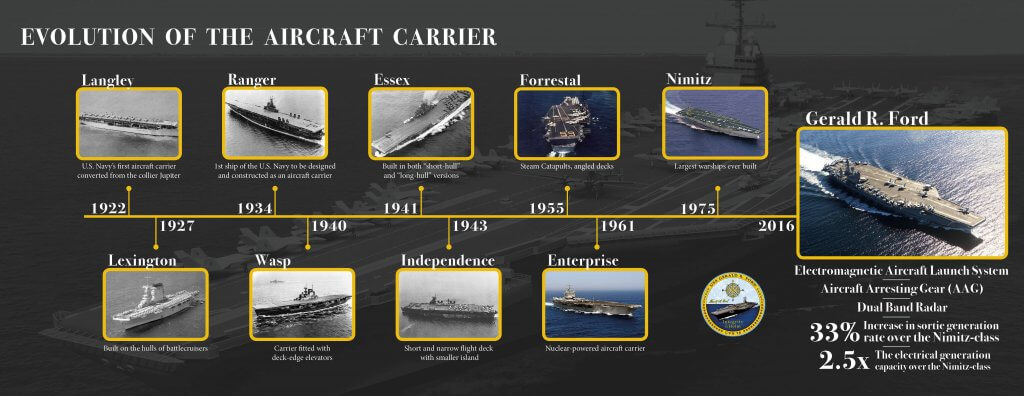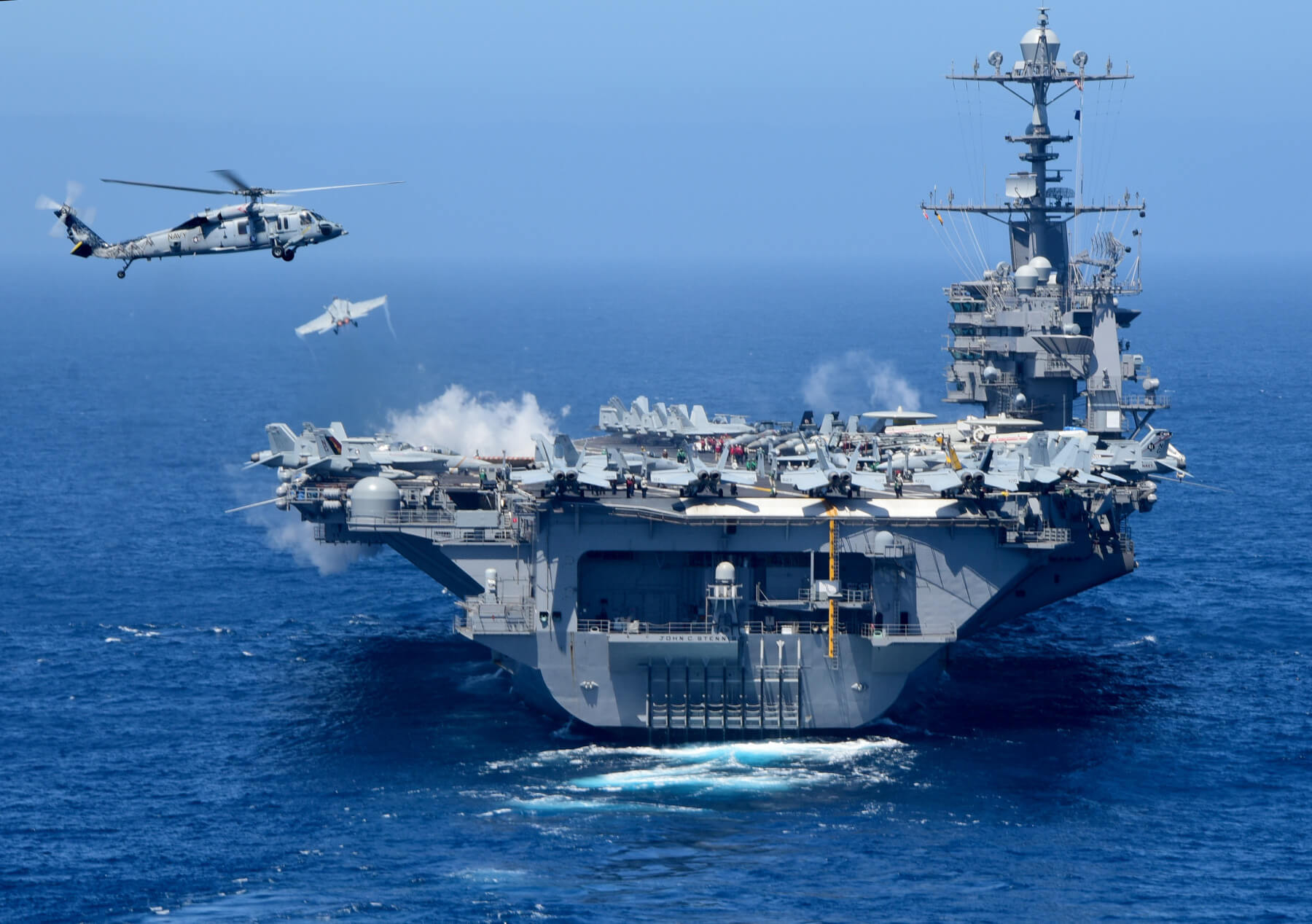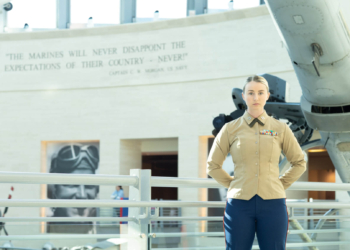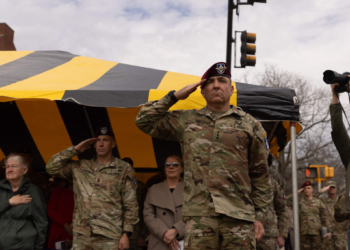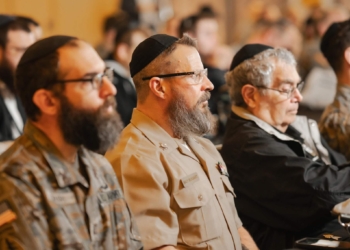The Navy has been around since 1775. But due to the introduction of the aircraft carrier to its fleet in the 20th century, the service’s maritime strategy has changed substantially in the last 100 years.
“The advent of the aircraft carrier revolutionized sea power,” said Rear Adm. John Meier, commander of Naval Air Force Atlantic. “We’re so fortunate it was developed, and that it has advanced.”
This month marks the 100th anniversary of the Navy’s very first aircraft carrier. The USS Langley (CV 1) was commissioned on March 20, 1922, named in honor of Samuel Langley, an American aircraft pioneer and engineer.
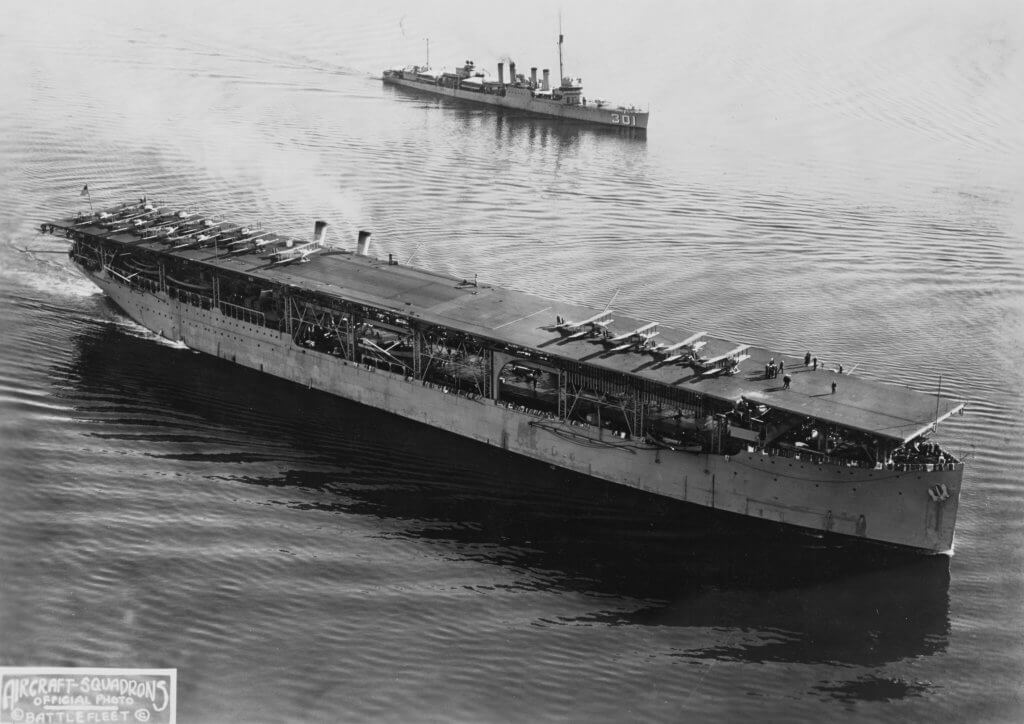
“It was the seed corn of innovation, of industrial might for the U.S.,” said Meier.
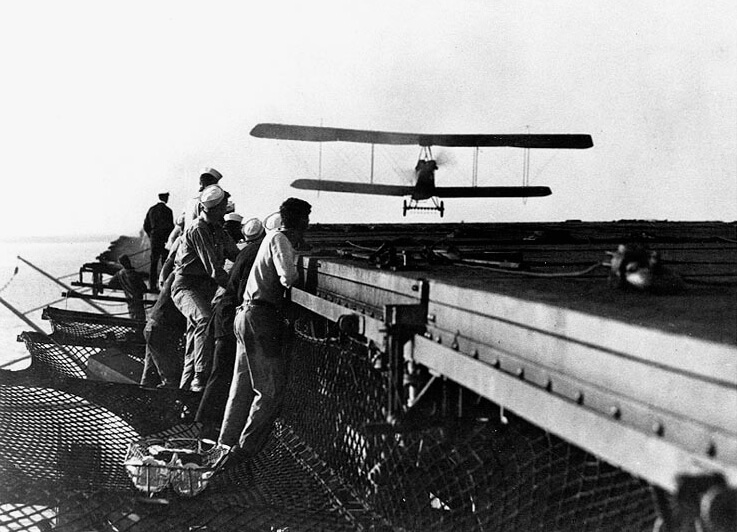
What started as an experimental platform quickly changed how the Navy fought at sea.
“Our carriers are the centerpiece of our Navy,” Meier added. “We use them in a huge variety of ways. The carrier is a powerful deterrent; we use it to fight and win decisively, and we use it at times for humanitarian and disaster relief, which is not something it was principally designed to do and yet, has proven incredibly successful in those times of need.”
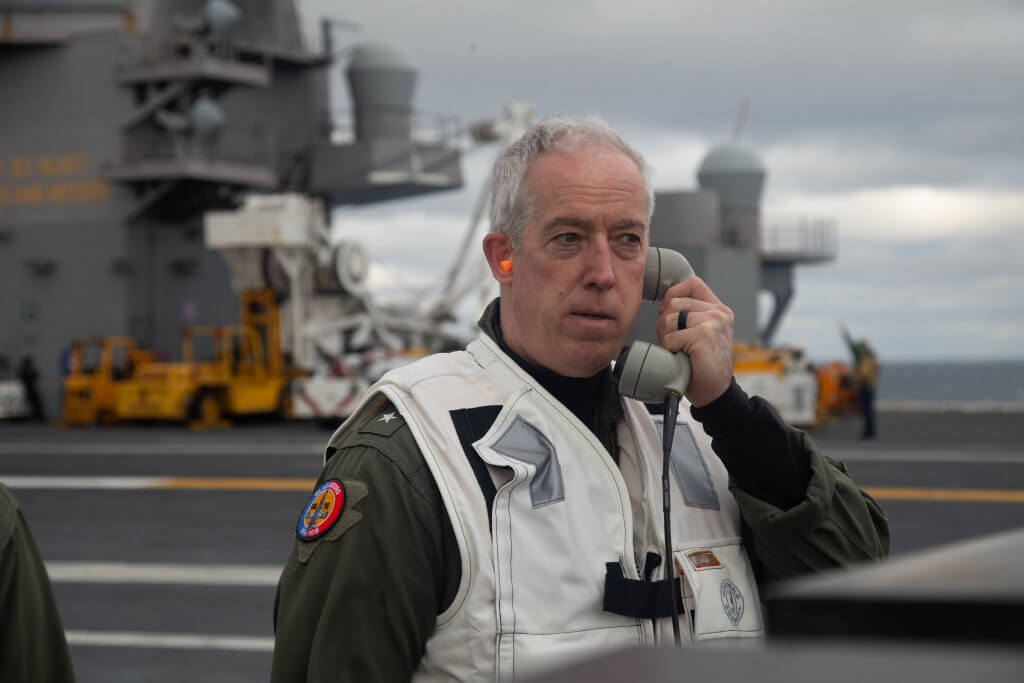
While Langley was the first, the United States continued building and improving the mammoth flattops, leading to its significant role in World War II.
“The Battle of Midway only happened because of the invention of the carrier. It was a carrier-on-carrier battle and it was a decisive victory for the U.S.,” said Meier.
A victory that arguably changed the course of WWII and cemented the carrier as the preeminent weapon in the Navy’s war chest.
“That victory sparked the innovative spirit in naval aviation that really continues today,” he added.
In 1961, the Navy upped the ante again, introducing the world’s first nuclear-powered carrier, the USS Enterprise, to its arsenal.
“The use of nuclear power frees the reliance on fuel for its own propulsion. It meant the carrier was self-contained to operate at length at sea without support from land or other support ships,” recalled Meier, who served as Ford’s commanding officer when the history-making Enterprise was retired. “We were conducting training in Newport News, in a classroom that looked out on the James River. Enterprise was being towed up the river to be inactivated and ultimately decommissioned. We all stopped what we were doing, went to the window and looked out at that great ship going up the river for the last time.”
Enterprise was 51 years old when it was taken out of service, “and as capable and ready as any other aircraft carrier in the Navy at that time,” Meier reminisced.
At 55, Enterprise was officially decommissioned and set to be scrapped.
Not a single aircraft the Navy was flying when Enterprise first went to sea was still among its aviation arsenal.
At more than 46 years old, the USS Nimitz is the Navy’s most senior aircraft carrier still in service, as are the nine additional carriers in the Nimitz class.
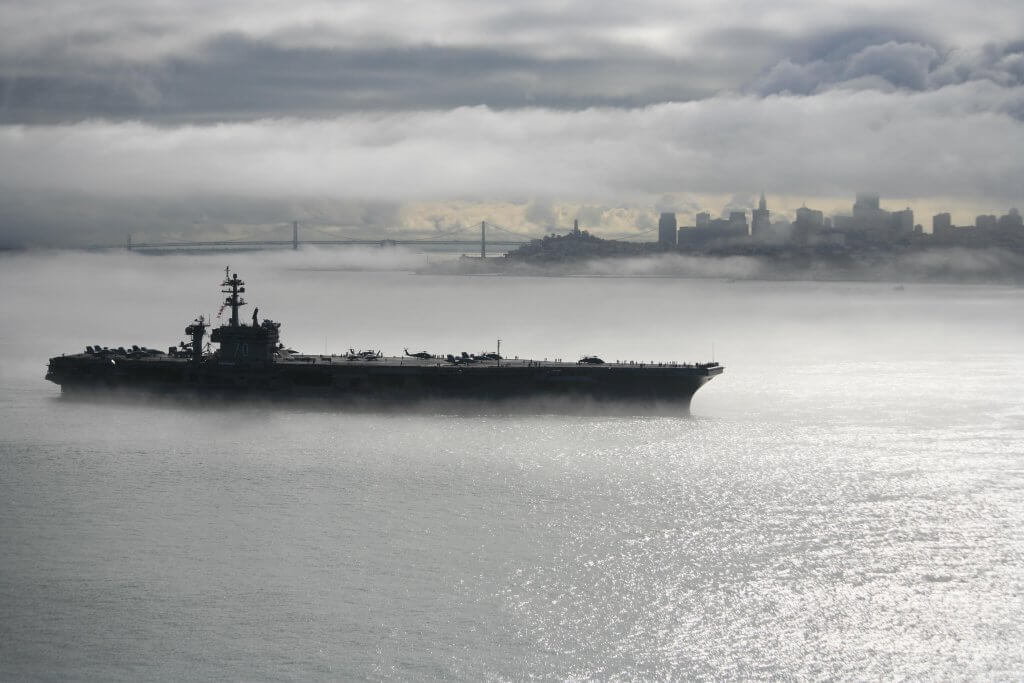
Supercarriers — a ‘floating city’ life
The Ford leads the Navy’s new class of supercarriers. Another nine carriers are planned, set to replace the Nimitz-class carriers one-for-one. Three Ford-class warships are currently in some stage of construction.
“Carrier life is pretty amazing in terms of resources,” said Meier.” These ships are essentially floating cities. When you’re on board, you have everything you need.”
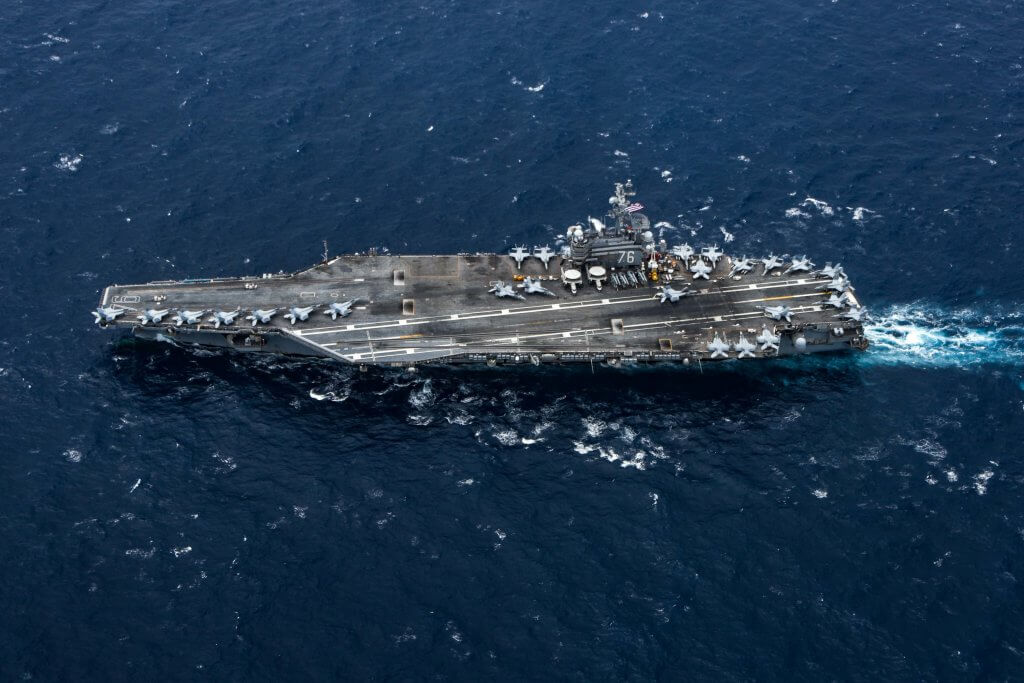
That includes a chapel, a post office, several dining facilities, not to mention the human resources available to sailors, including resiliency counselors and financial counselors all onboard the ship.
The Ford is the most technologically advanced warship ever built.
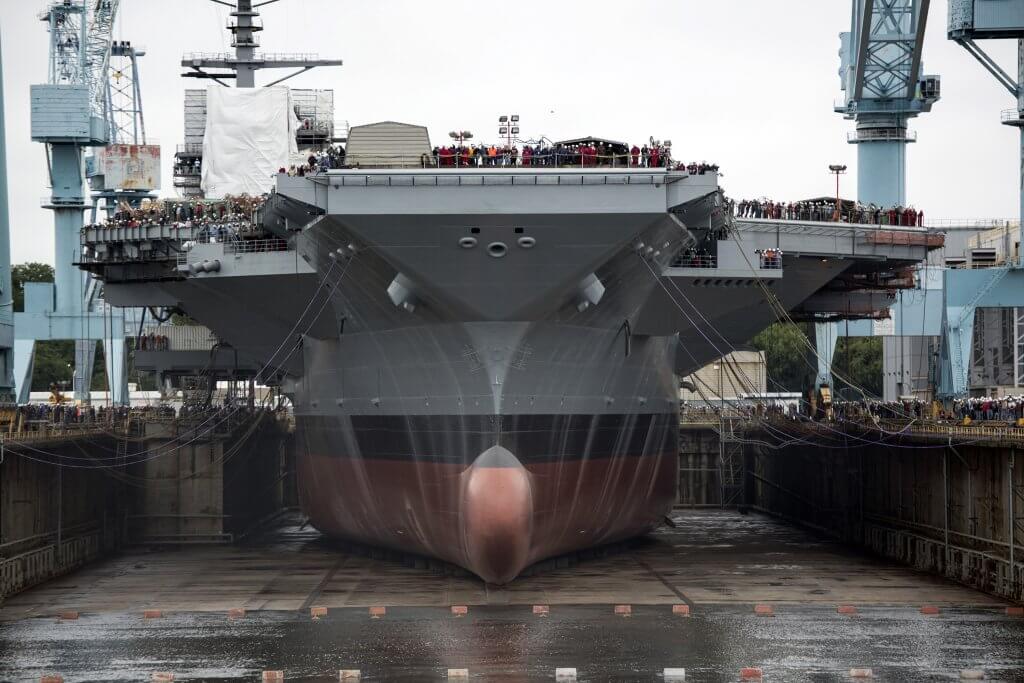
Aside from the impressive operational technology, it boasts several quality-of-life upgrades for sailors aboard the vessel. That includes lower occupancy and therefore quieter sleeping quarters, better air conditioning, Starbucks coffee and huge gymnasiums with top-of-the-line fitness equipment. The warship also houses a hospital with a laboratory, pharmacy, operating room and dental services.
Ford Commanding Officer Lanzilotta has spent his fair share of time living and working on an aircraft carrier, deploying on or operating off nine of the Navy’s carriers during his career.
“I love operating on these ships. It’s an exciting way of life,” he said. “From the reactor department to the flight deck and everywhere in between, carrier life is busy; it’s hectic at times.”
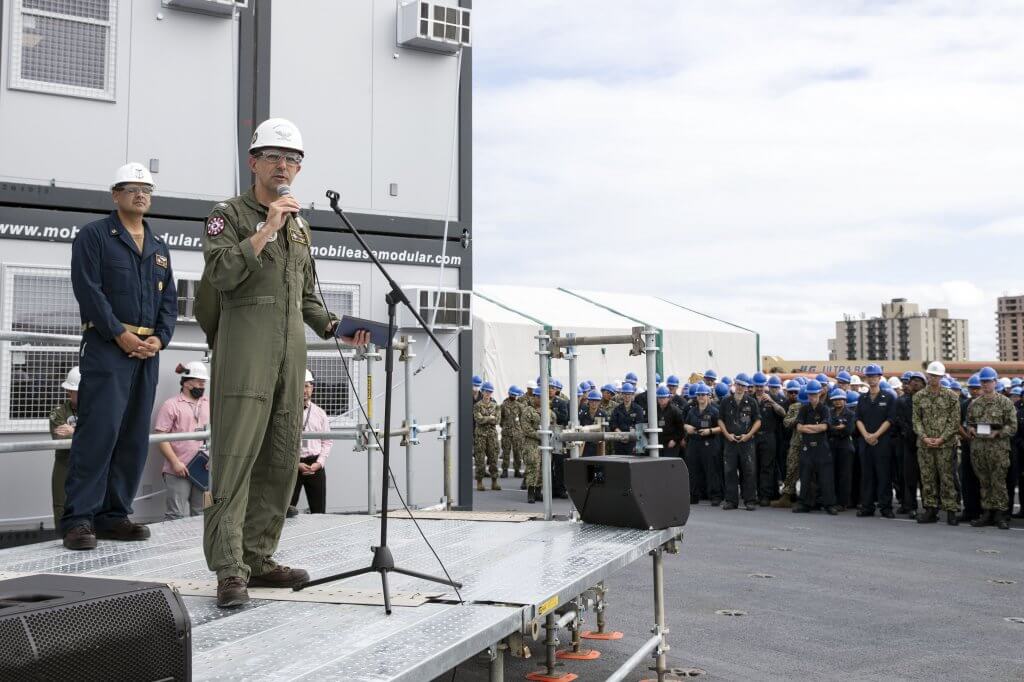
Both Meier and Lanzilotta said being stationed on the carrier affords sailors a great opportunity for learning and for career advancement.
“It’s not uncommon for sailors to excel in their current job but also work on education, graduate education or Navy education. It’s a captive audience on an aircraft carrier: work, eat, sleep. Things that may get pushed off their plate while at home are much easier to focus on while at sea,” said Meier.
“The aircraft carrier is a leadership laboratory. You can learn your job to a really deep level. The layers of experience and talent on our team translates to optimal performance and the opportunity for advancement,” Lanzilotta added.
After several years of construction and a more than $13 billion price tag, Ford will come out of the shipyards this year.
“We’re excited that she’ll go on her first employment in the 100th year of the U.S. aircraft carrier. It wasn’t necessarily planned that way, but it’s special nonetheless,” said Meier.
And Ford is just the beginning of the next wave of innovation for the American aircraft carrier.
“We’re constantly advancing. From our aircraft to our aircraft carriers, we can expect that to continue,” Meier added. “We innovate and execute. That’s what we do.”
